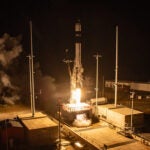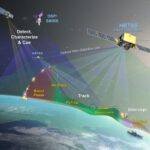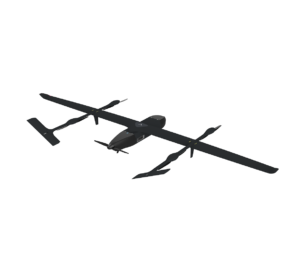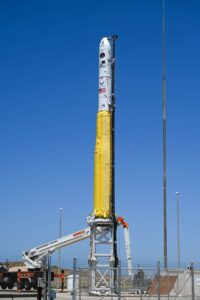
The Missile Defense Agency (MDA) plans to narrow down its competitors for hypersonic missile defense later this year, the agency’s director said Wednesday. “We have a Other Transaction Authority agreement in place with three separate companies that are competing now. We are evaluating those concepts for down-select later this year. So we will go from the current three down to the two, perhaps the one depending on the maturity of those different proposals,” MDA Director Vice Adm. Jon Hill told…

 By
By 











